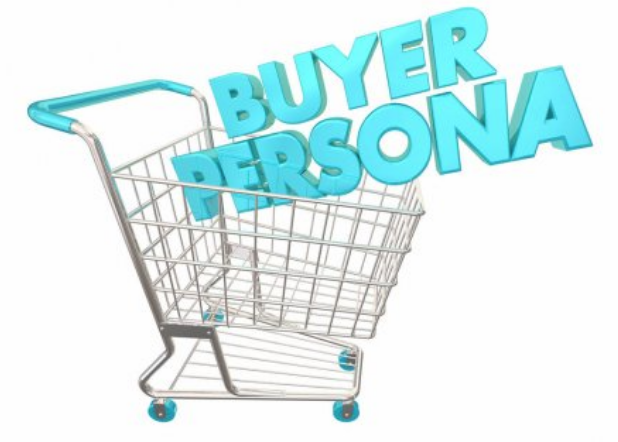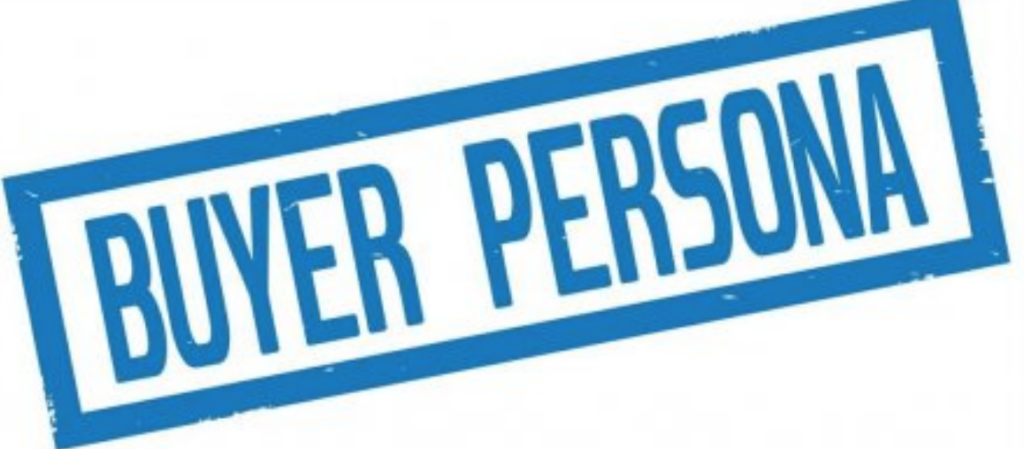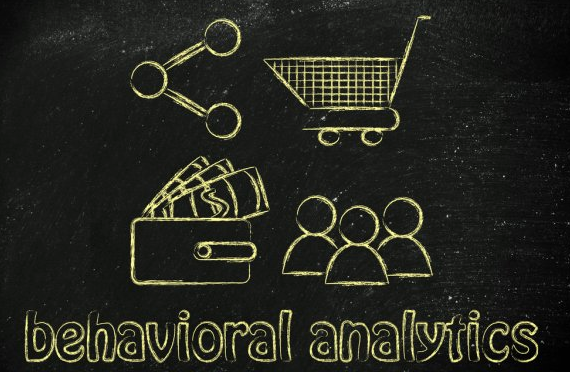As we saw in our definitive Inbound marketing guide, identifying your buyer persona is an essential factor and a fundamental piece for the success of any Inbound marketing strategy.
Inbound Marketing focuses on the concept of buyer persona, which relies on creating a story around the user to understand exactly what their real concerns and needs are at each stage of the conversion funnel and purchase cycle. Once detected, you can proceed to develop the most appropriate tactics to successfully attract customers in a non-intrusive way.
In this article we want to delve into this important concept and essential factor in the digital marketing plan of any company. The Buyer Persona. What it is and how to create it step by step. Since all the objectives of marketing strategies, and the tactics and actions of each of them, will revolve around the buyer person. Start.

Before defining what a buyer persona is, we want to define what a company’s target or target audience, because defining it is essential to subsequently be able to correctly create your buyers people.
This is the audience to which you direct your communication actions and/or to which you want to sell your product or service. That is, a group of people who have needs that we can cover with our products and / or services. To create your buyers people and increase the chances of success in your marketing actions, defining your company’s target is a fundamental piece.
Defining your target or target audience involves conducting a market segmentation. Market segmentation consists of dividing the market to which a company is directed into small groups or segments so that the groups or segments to which the company is to target can then be decided and selected. These segments are our target audience or target in marketing.
So, if you want to know how to define your target audience, you need to determine which segments you want to target.
Once you’ve defined your target or target audience, you can more easily find your ideal customers.
Let’s take the example of a company that sells eco-friendly sportswear. It will not be sufficient for you to determine that your target audience is made up of current and potential buyers interested in eco-friendly clothing. You’ll have to get a little more concrete.
For example, you can choose from others a segment within the previous group made up of men and women aged 25 to 40, concerned about the environment, who practice sport regularly and on weekends like to do sports activities in natural outdoor environments.
Below we introduce the concept of buyer persona.
This segment of your audience can be one of the targets. But to optimize Marketing strategies and actions the company will have to define and create different ideal customers or buyer people. To go from studying men and women aged 25 to 40, concerned about the environment and playing sports, to generating fictional portraits of this group that more accurately reflect the personality, concerns and interests of the target people.
Meeting your ideal person or customer buyer is a fundamental piece to meet your needs and design valuable content by communicating with them.

The buyer persona is about creating idealized representations of your target audience. Target (target audience) ceases to be a demographic segment to become a fictional person. A person who has a name, hobbies, interests and concerns, hobbies.
The goal of creating a buyer persona is to be able to empathize and understand our ideal customer perfectly.
Thanks to the design of buyer people (sometimes it is necessary to create more than one buyer person for different products and services) companies can better understand their target audience and manage to design specific strategies and actions aimed at them.
Basically, a buyer person is your ideal customer. Among others, a buyer person can be assigned:
The person buyer is the starting point on which the definition of the company’s Inbound marketing strategies will be established, always depending on the stage of the purchase cycle in which you are located.
People we’re not interested in are called negative buyer person. It is also important to define them.

Negative people buyers are excluded to our Buyer Persona because they are part of a customer profile that has a superficial interest that does not transform into sales.
In the process of creating your buyer person is to observe and look for opportunities to find out what the user really needs. Once you know the needs of users you can focus on writing and creating content and creating tactics that convert.
To create your buyer person, we recommend creating a question template for each profile you identify within your target, since your company may have more than one buyer person with different motivations.
Creating a customer profile requires asking the specific questions that give you the information you need. The goal is to get information to create your people buyers to guide your Inbound Marketing campaigns. Remember that your target is made up of your current customers, your leads or potential customers and also the customers of the competition.
Creating an effective person buyer is not an easy tare, and as we told you a moment ago it’s about asking the right questions. Let’s get on with it.
You must collect demographic information about your ideal customer. Among others, you’ll need to find out factors such as:
Implementing the Inbound marketing strategy by putting your people in the center will allow you to create actions specifically aimed at what your Buyer Person or ideal customer requires.
Our buyer people have personal interests, hobbies and aspirations, such as:
These are the things that motivate and interest them and that companies can use in their Inbound and content marketing strategy in several ways:
What RRSS is your presence in and what is your favorite? What are the brands related to our company that follows? In addition, we must determine what type of content your favorites are and if you have already visited our website, through which channels you have arrived.

Through the questions we ask to find out the purpose of purchasing our people buyer, we want to determine what use they will give to the product or service.
Do you want to solve a problem or personal need? o Are they going to sell it in your business, so it would be a B2B transaction?
In this group of questions, our goal is to find out through which channels you usually make your purchases and what your purchasing patterns are. What products do you consume and what do you prefer to spend your money on?
By figuring out what they know about our products, it’s not about figuring out what they know about our brand or our particular brand’s products, but the type of product in a general way.
Finding out your knowledge of the type of product or services offered by our company will help us create the contents of our inbound marketing strategy.
In the event that the users of our target already use the type of products that our company sells, who is your current supplier, are we or our competitors?
We will not always be able to find out the answer to these questions, but if we can sense that a considerable part of our target audience uses a product from a known competitor, we may consider including this information on the buyer person’s listing to study how to nurture these users by putting us in their skin and showing them the values of our product that interest them most.
Once the interests and motivations that make our audience need our products have been determined, it is important to find out what factors make you doubt and in the worst, do not finish the purchase.
That way we can either adapt the product or design strategies designed to minimize the impact of these factors.
Those who are already regular users of the products and services offered by our company, have specific reasons for this. At this stage, we want to determine what they value and appreciate most about the type of product/service we offer.
What they initially valued and previously purchased does not have to match what they value after purchase or after use.
For example, users may initially be looking for a product with a good price and that offers certain functionalities that they need; but after the purchase, they can assess the customer service they have received, the ease of purchase, shipping or returns processes, or technical support, among others.
Therefore, the most valued aspects of our products must be transmitted to our potential customers.
In addition, to answer questions of this type, we must also find out what the aspirations of our users are. If what they aspire to have is some feature that our company does NOT have, we will need to add this brand weakness in our buyer card so that we know how to handle this difficulty in our communication strategies and Inbound marketing.
By answering these questions we will have an image of a potential customer, which we can address.
Once you know in depth the needs of your customers, it’s time to define the messages you’re going to use to reach them.
To develop an Inbound Marketing strategy it is essential to locate the pain points of your buyer.
Pain points are the problems, challenges, concerns, curiosities, interests and even motivations that your ideal customer or buyer person wants to solve or satisfy.
If you know the point of pain of your ideal customer you will know the motivation that drives them to make a certain search and then make the purchase.
Determining your buyer person’s pain points will allow you to:
The idealization of a client has its flaws. For example, this definition of buyer persona changes over time, so it must be adapted to the changing world in which we live today.
In conclusion, creating a buyer persona is essential when developing your marketing strategies.
Have you tried creating your buyer persona yet? If you need help, at Kiwop we’ll help you.
If you want to have the website you want or increase the online visibility of your brand, we know how to do it.
Shall we start today?
Leave a Reply